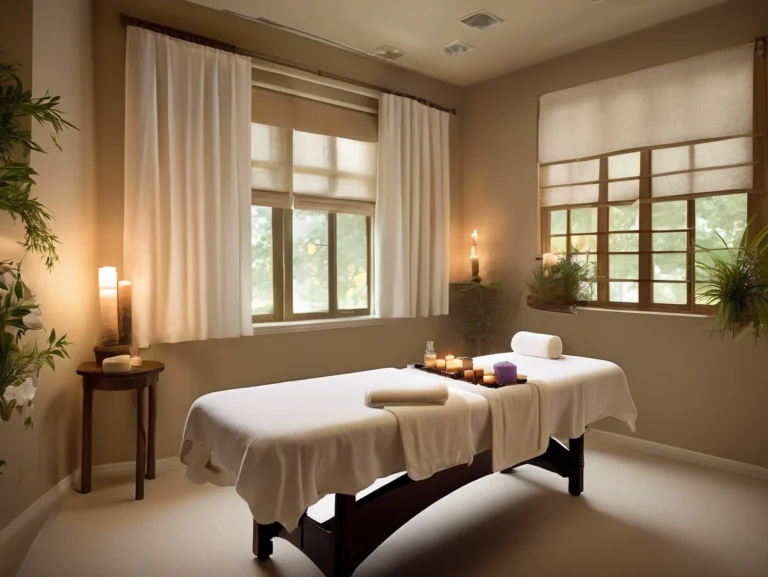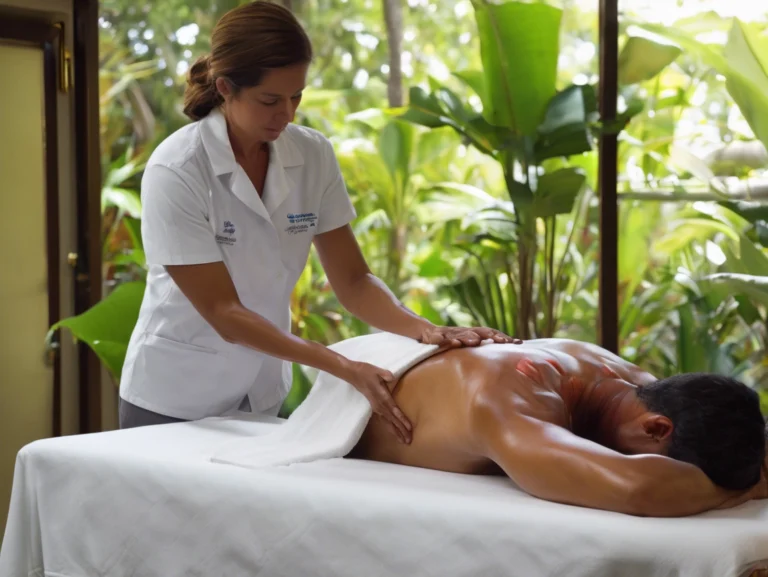Massage therapy for chronic pain is gaining recognition as one of the most effective and holistic approaches to managing long-term discomfort. At Knots Out, we believe in addressing pain not only through physical treatment but by helping the entire body restore its natural balance. Whether you’re living with fibromyalgia, arthritis, tension headaches, or back pain, massage therapy for chronic pain provides a non-invasive, nurturing route toward relief and well-being.
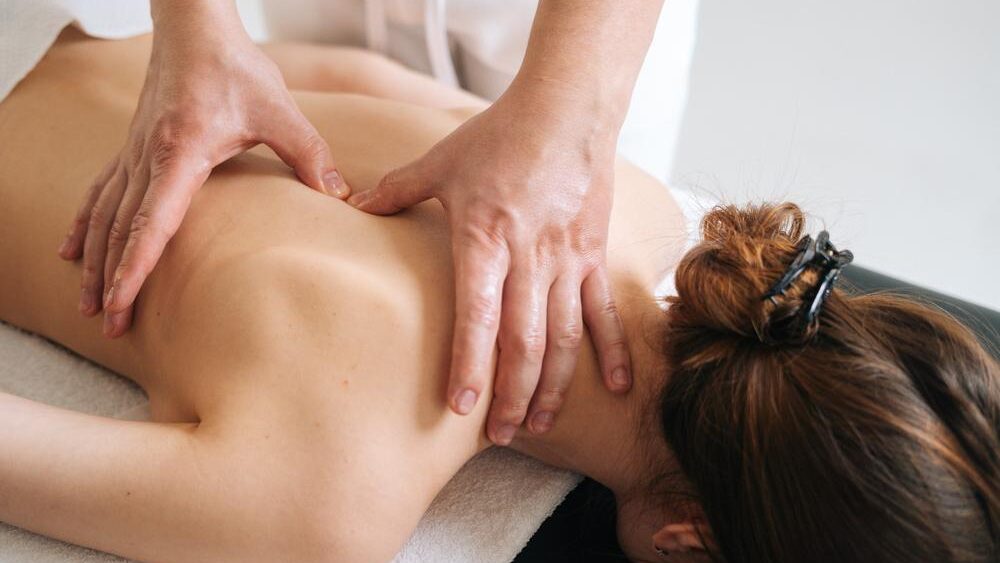
A Brief History of Massage Therapy
Massage therapy for chronic pain has roots dating back to ancient civilizations. Texts from second-century China and drawings from Ancient Egyptian tombs depict massage as a central part of medical care. In the 1800s, Swedish physician Per Henrik Ling developed what we now call Swedish massage, helping establish massage therapy as a scientific discipline. Today, the therapeutic effects of massage are recognized globally, especially in managing chronic pain conditions.
The Science Behind Massage Therapy
When chronic pain persists, the body enters a cycle of stress and tension. Stress hormones like cortisol surge, leading to muscle tightening, reduced mobility, fatigue, and often sleeplessness. Over time, these symptoms compound, intensifying the experience of pain.
Massage therapy for chronic pain interrupts this cycle. Studies show that cortisol levels can drop by as much as 31% during a massage session. At the same time, feel-good hormones like serotonin and dopamine increase significantly. These chemical changes create a cascade of benefits—from elevated mood to a calmer nervous system and reduced muscle tension.
What Happens During a Massage
Massage therapy stimulates the skin, muscles, and fascia (the connective tissue surrounding your muscles), promoting circulation and lymphatic drainage. This increase in blood flow delivers oxygen and nutrients to tissues in need of repair while also flushing out toxins and metabolic waste. With better circulation, healing accelerates.
This makes massage therapy for chronic pain an ideal treatment for:
- Fibromyalgia
- Osteoarthritis
- Sciatica
- Tension headaches
- Carpal tunnel syndrome
- Chronic back or neck pain
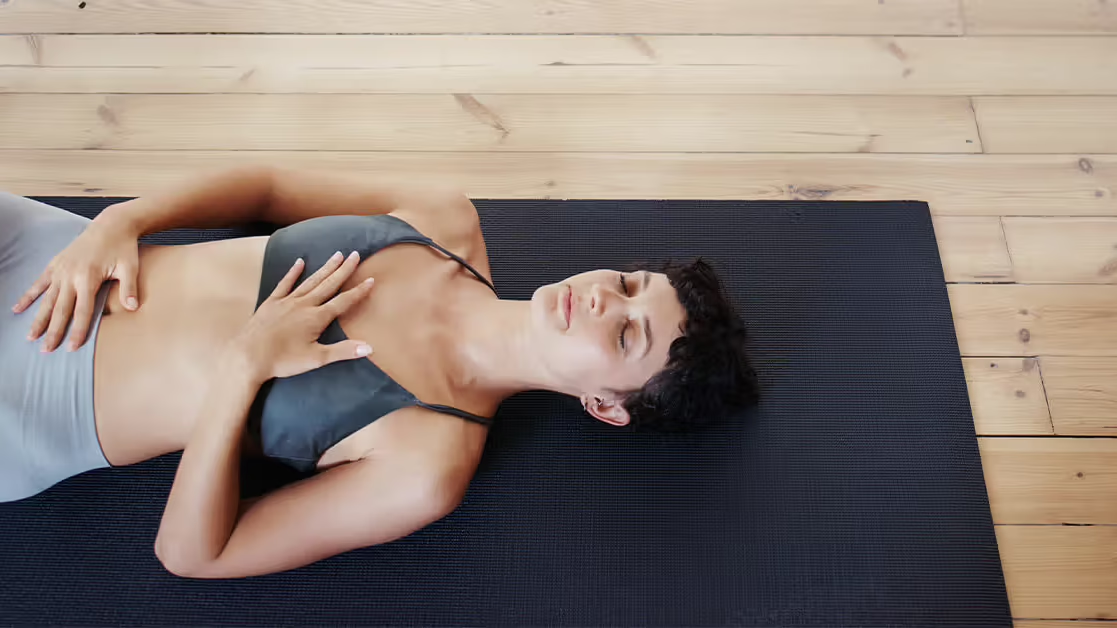
Key Benefits of Massage Therapy for Chronic Pain
1. Muscle Relaxation and Tension Release
Tense muscles are both a cause and a consequence of chronic pain. Knots and spasms form when muscles are overworked or underused. Massage therapy for chronic pain uses deep tissue techniques and myofascial release to soften these tight spots, increasing range of motion and reducing discomfort.
2. Reducing Inflammation
Inflammation is a primary driver of chronic pain. With better blood flow and lymph drainage, massage therapy for chronic pain reduces localized swelling and decreases inflammatory markers in the body. Less inflammation means less pressure on nerves and joints.
3. Sleep Improvement
Pain disrupts sleep, and poor sleep exacerbates pain—creating a vicious cycle. Studies show that regular massage improves sleep quality by stimulating the parasympathetic nervous system and reducing the neurotransmitter ‘substance P,’ which is responsible for transmitting pain signals.
4. Emotional Support and Mental Health
Pain isn’t just physical; it takes a toll on your emotions. Massage therapy for chronic pain promotes relaxation and relieves anxiety. The body’s chemical response to massage makes you feel more grounded, supported, and mentally resilient.
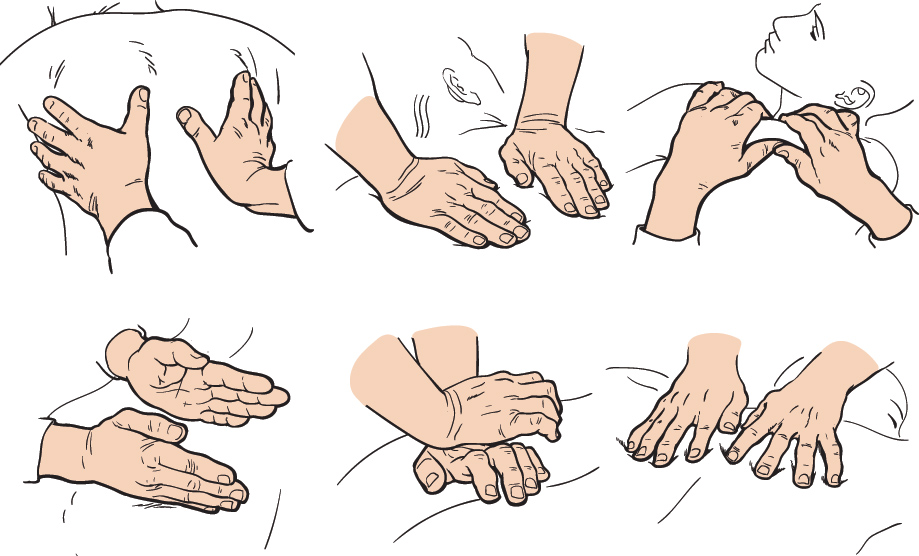
Exploring Different Types of Massage
At Knots Out, we tailor sessions to your needs. Here’s how various massage styles target chronic pain:
Swedish Massage
A gentle, flowing technique that improves circulation, decreases stress, and soothes muscle aches. Great for beginners and sensitive clients.
Deep Tissue Massage
Targets deeper muscle layers with firmer pressure. Excellent for chronic muscle tension and old injuries.
Myofascial Release
Focuses on easing restrictions in connective tissue, helping restore range of motion and reduce long-term pain.
Trigger Point Therapy
Identifies and applies pressure to tight points in muscles that refer pain to other areas. Massage therapy for chronic pain involving trigger points is ideal for migraines and repetitive strain injuries.
Hot Stone Massage
Uses warmed stones to relax tense muscles and stimulate circulation. Perfect for clients who find standard deep pressure too intense.
Shiatsu and Thai Massage
Incorporate acupressure and stretching to balance energy flow and enhance mobility. These approaches are particularly useful when pain is linked to postural imbalances.

The Gate Control Theory and Massage
One of the more intriguing theories behind massage therapy for chronic pain is the gate control theory. Pain signals pass through ‘gates’ in the spinal cord before reaching the brain. When you stimulate nerve fibers through massage, you can essentially ‘close’ these gates, blocking the transmission of pain. This is why patients often feel immediate relief after a session.
Supporting Research
Clinical studies continue to support the use of massage therapy for chronic pain:
- A 2019 study found that patients receiving regular massage had reduced pain, improved mobility, and enhanced mood compared to those using medication alone.
- Another trial compared massage therapy to TENS (Transcutaneous Electrical Nerve Stimulation) and found that massage provided longer-lasting relief.
- Fibromyalgia patients who received weekly massages reported deeper sleep and fewer tender points.
Combining Massage with Holistic Care
Massage should be one part of a broader pain management plan. For optimal results, massage therapy for chronic pain can be combined with:
- Gentle exercise and stretching routines
- Cognitive Behavioral Therapy (CBT)
- Pain neuroscience education
- Anti-inflammatory diets
- Mindfulness and meditation practices
What to Expect at Your Knots Out Session
Before your first session, we’ll review your medical history and pain areas. We want to understand your goals and tailor the massage to suit your body’s needs. During your session, we use calming music, comfortable positioning, and professional techniques that ensure safety and comfort.
Every treatment plan is personalized. Whether you need a one-time reset or regular maintenance, massage therapy for chronic pain can evolve with you.
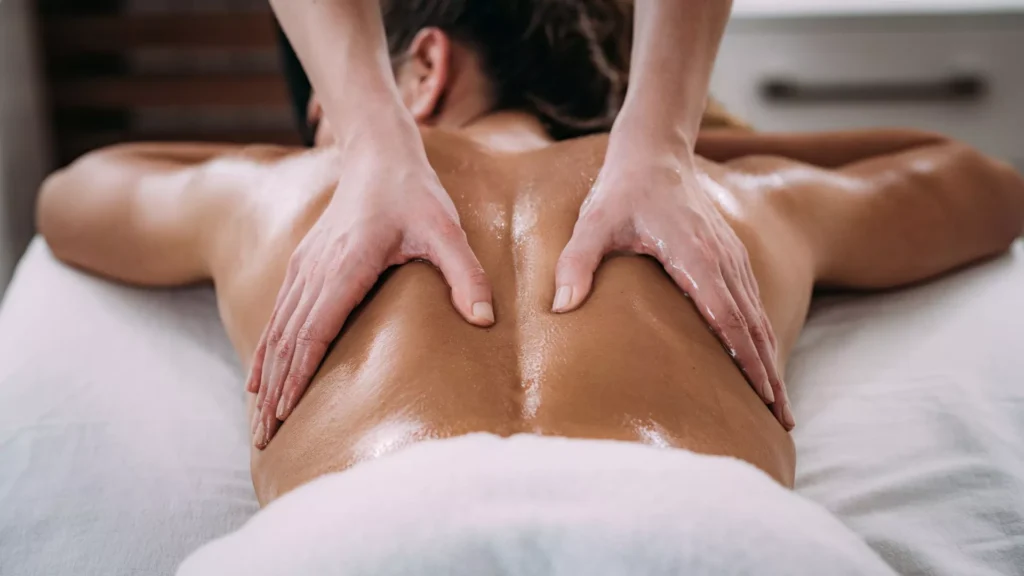
How Often Should You Get a Massage?
It depends on your condition. Some clients benefit from weekly sessions, while others feel sustained improvement with monthly visits. Acute flare-ups may require more frequent care at first, tapering to maintenance sessions over time.
Self-Care Tips to Extend the Benefits
Here’s how you can make your relief last longer between appointments:
- Stay hydrated to support circulation and detoxification.
- Stretch daily, focusing on affected areas.
- Use foam rollers or massage balls for at-home relief.
- Practice breathing exercises to lower stress.
Common Myths About Massage Therapy for Chronic Pain
“Massage is just for relaxation.”
Massage is both therapeutic and restorative. It has measurable effects on pain levels, inflammation, and healing.
“Massage will hurt more than help.”
Not true! At Knots Out, we work within your pain tolerance to ensure every session feels healing, not harmful.
“You have to go weekly forever.”
Massage frequency is entirely personal. Some clients need only occasional care, others benefit from regular treatments.
Conclusion: Empowering Relief is Within Reach
Massage therapy for chronic pain is more than a luxury—it’s a clinically supported method for improving quality of life. At Knots Out, we’re here to help you regain control, reduce pain, and reclaim comfort in your daily life.
Whether you’re managing a chronic condition or recovering from a flare-up, our skilled therapists are here to support your healing journey every step of the way.
Feel better, move easier, and start your journey to lasting relief with massage therapy for chronic pain.
